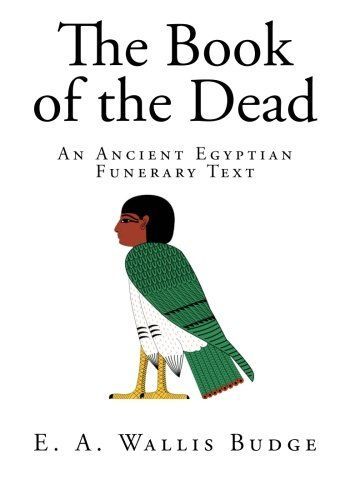
The Book of the Dead An Ancient Egyptian Funerary Text
The Book of the Dead E. A. Wallis Budge An Ancient Egyptian Funerary Text The Book of the Dead developed from a tradition of funerary manuscripts dating back to the Egyptian Old Kingdom. The first funerary texts were the Pyramid Texts, first used in the Pyramid of King Unas of the 5th dynasty, around 2400 BCE. These texts were written on the walls of the burial chambers within pyramids, and were exclusively for the use of the Pharaoh (and, from the 6th dynasty, the Queen). The Pyramid Texts were written in an unusual hieroglyphic style; many of the hieroglyphs representing humans or animals were left incomplete or drawn mutilated, most likely to prevent them causing any harm to the dead pharaoh. The purpose of the Pyramid Texts was to help the dead King take his place amongst the gods, in particular to reunite him with his divine father Ra; at this period the afterlife was seen as being in the sky, rather than the underworld described in the Book of the Dead. Towards the end of the Old Kingdom, the Pyramid Texts ceased to be an exclusively royal privilege, and were adopted by regional governors and other high-ranking officials. In the Middle Kingdom, a new funerary text emerged, the Coffin Texts. The Coffin Texts used a newer version of the language, new spells, and included illustrations for the first time. The Coffin Texts were most commonly written on the inner surfaces of coffins, though they are occasionally found on tomb walls or on papyri. The Coffin Texts were available to wealthy private individuals, vastly increasing the number of people who could expect to participate in the afterlife; a process which has been described as the "democratization of the afterlife".
Reviews
Sarah Sammis@pussreboots
Joshua Line@fictionjunky